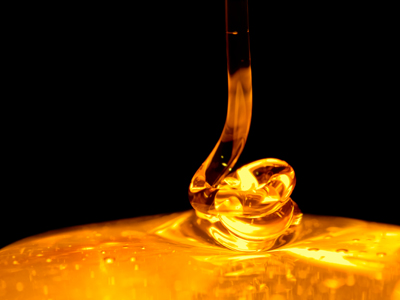
Investigations 3
This Science quiz is called 'Investigations 3' and it has been written by teachers to help you if you are studying the subject at middle school. Playing educational quizzes is a fabulous way to learn if you are in the 6th, 7th or 8th grade - aged 11 to 14.
It costs only $12.50 per month to play this quiz and over 3,500 others that help you with your school work. You can subscribe on the page at Join Us
Deciding how to carry out an investigation can be tricky. Which variables should you keep the same and which ones should you measure? Added to that are the collection of results - how should you record them and how can you work out what you've learned? The more experiments you do - not just at school, but at home or outside too - the better you will get at doing them. Experience is a great teacher!
Ready for more?
not all...
quizzers. Try to win a coveted spot on our Hall of Fame Page.







